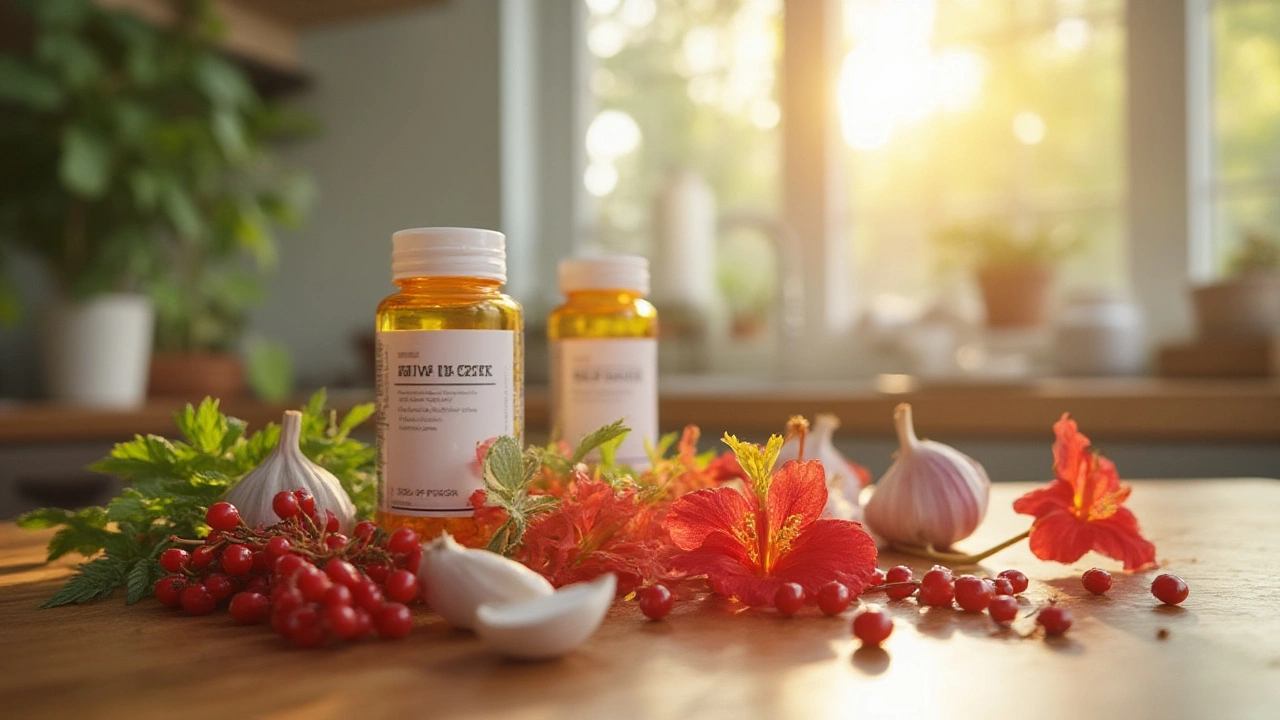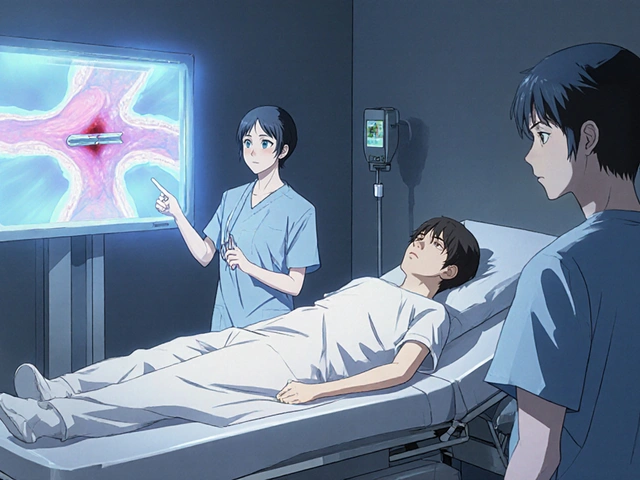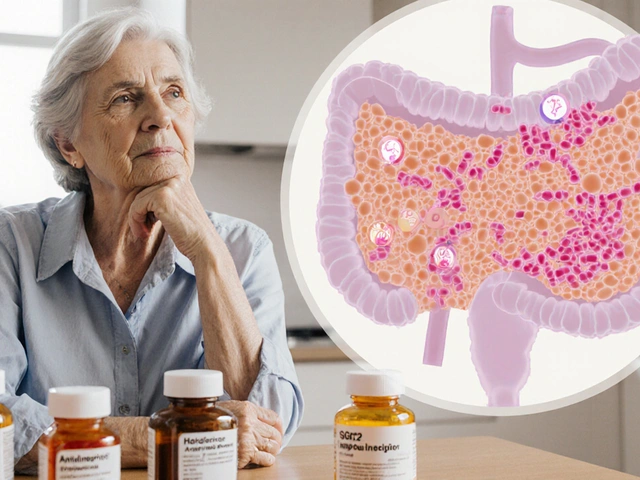Garlic for Hypertension: How It Helps and How to Use It
If you’ve heard that garlic can tame high blood pressure, you’re not alone. Lots of people search for natural ways to support their heart, and garlic shows up again and again. The good news is it’s cheap, easy to find, and backed by several studies that show a modest drop in systolic and diastolic numbers when you eat it regularly.
Before you start loading every meal with garlic, it helps to know what the research says, how much you need, and what to watch out for. This guide breaks it down in plain English so you can decide if garlic fits into your hypertension plan.
What Garlic Does to Your Blood Pressure
Garlic contains a compound called allicin, which is released when you crush or chop the clove. Allicin relaxes blood vessels, improves the lining of arteries, and reduces inflammation – three things that naturally lower pressure.
In a handful of clinical trials, participants who took a garlic supplement for 8‑12 weeks saw an average drop of 5‑8 mmHg in systolic pressure. That may not replace medication for severe cases, but it can be a useful add‑on, especially if you’re already on a low‑salt, plant‑rich diet.
Raw garlic works, but the amount of allicin can vary. Cooking destroys some of it, so if you want the full effect, try crushing fresh cloves and letting them sit for ten minutes before cooking. That gives the enzyme time to activate.
How to Add Garlic to Your Routine
Here are three easy ways to get a therapeutic dose without turning every dish into a clove‑bomb:
- Raw crush: Chop or mince one to two cloves, let sit, then mix into salads, salsa, or hummus.
- Garlic supplement: Look for standardized extracts that deliver at least 300 mg of garlic powder per capsule. Two capsules a day is a common dosing schedule.
- Infused oil: Lightly heat olive oil with a few smashed cloves, then drizzle over veggies. The oil picks up some allicin while keeping the flavor mild.
Stick to about one to two cloves a day or the equivalent supplement dose. More isn’t better – it can irritate your stomach and cause bad breath.
If you’re on blood‑thinning meds like warfarin, talk to your doctor first. Garlic can amplify the effect and increase bleeding risk. The same goes for people with low blood pressure; adding garlic might push numbers too low.
Finally, be consistent. The blood‑pressure‑lowering effect builds up over weeks, not after a single meal. Pair garlic with other heart‑healthy habits – regular exercise, reduced sodium, and plenty of fruits and veggies – for the best results.
Bottom line: garlic is a safe, inexpensive tool that can shave a few points off high blood pressure when used wisely. Try adding a modest amount each day, watch how you feel, and keep your doctor in the loop. Your heart will thank you.
Herbal Beta-Blocker Alternatives: Clinical Trials on Hawthorn, Garlic, and Hibiscus
Can hawthorn, garlic, or hibiscus help your heart as much as beta blockers? Dive into clinical trial findings and practical tips on herbal heart health.






